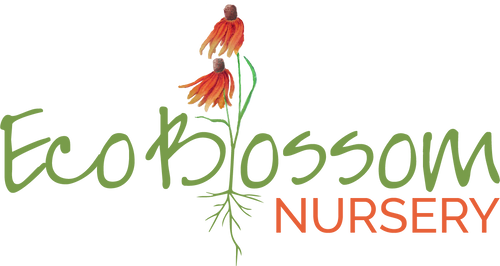Sun Exposure: Giving Your Plants What They Need
Successfully introducing a new plant into your garden requires that you get to know each other. And part of that process is finding out how much sun your new plant needs – and what kind of sun.
Your plant may have come with sun exposure guidelines, or you may have found these guidelines by searching online. You may know that the blackfoot daisy does best in full to part sun, while autumn sage can handle both sun and part shade. But what does that mean, exactly, and does it matter?















